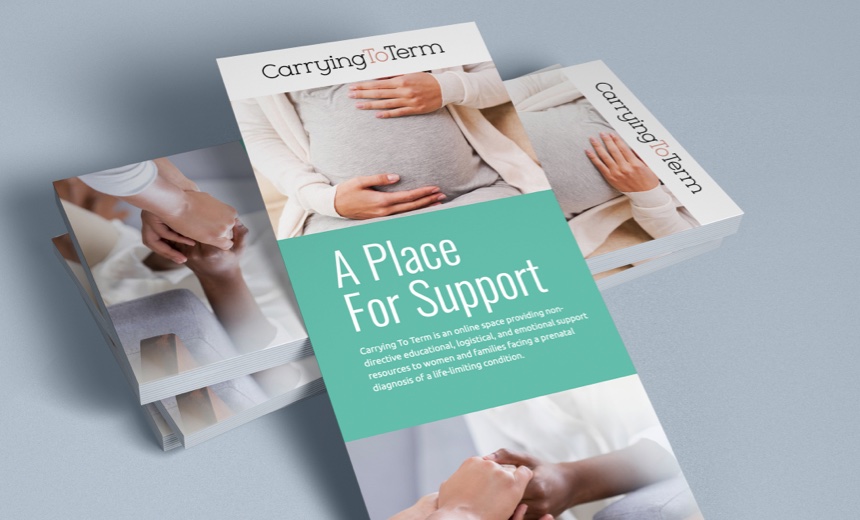Supporting families facing a prenatal diagnosis of a life-limiting condition requires a compassionate and thoughtful approach. Medical professionals can ease the emotional burden by implementing changes that prioritize comfort, communication, and personalized care. These practices not only provide relief during a difficult time but also demonstrate a commitment to understanding the unique needs of grieving parents.

offer private waiting areas
Allow grieving parents to wait in a private area or go directly to an exam room after check-in, sparing them the emotional strain of public waiting spaces.

Schedule extra time
Extend appointment times to allow for thorough counseling, planning, and emotional support for families carrying to term.

longer ultrasound appointments
Allocate extra time for ultrasounds, giving parents a chance to connect with their baby and create cherished keepsakes like additional sonogram photos or videos.

Review, prepare and show you care
Ensure everyone involved in a family’s care is informed. A quick review of the patient’s chart and communication with colleagues can spare grieving parents the emotional strain of retelling their story.

Use chart symbols
Use a discreet symbol, like a colored dot or star, on patient charts to indicate complications. On delivery day, this ensures staff avoid offering congratulations that could unintentionally cause pain for grieving parents.

Provide Continuity of Care
Assign the same one or two professionals to families facing a prenatal diagnosis. For example, ensure the same ultrasound technician sees the family each time for consistency and support.

Communicate with the Care Team
Consistency is key. Regular check-ins among team members ensure that parents receive clear, unified recommendations, reducing stress and enhancing the quality of care.

Hold Care Conferences
Care conferences with the patient and their entire care team are essential for discussing the family’s birth plan, coordinating care, and understanding their preferences for pregnancy and delivery.


